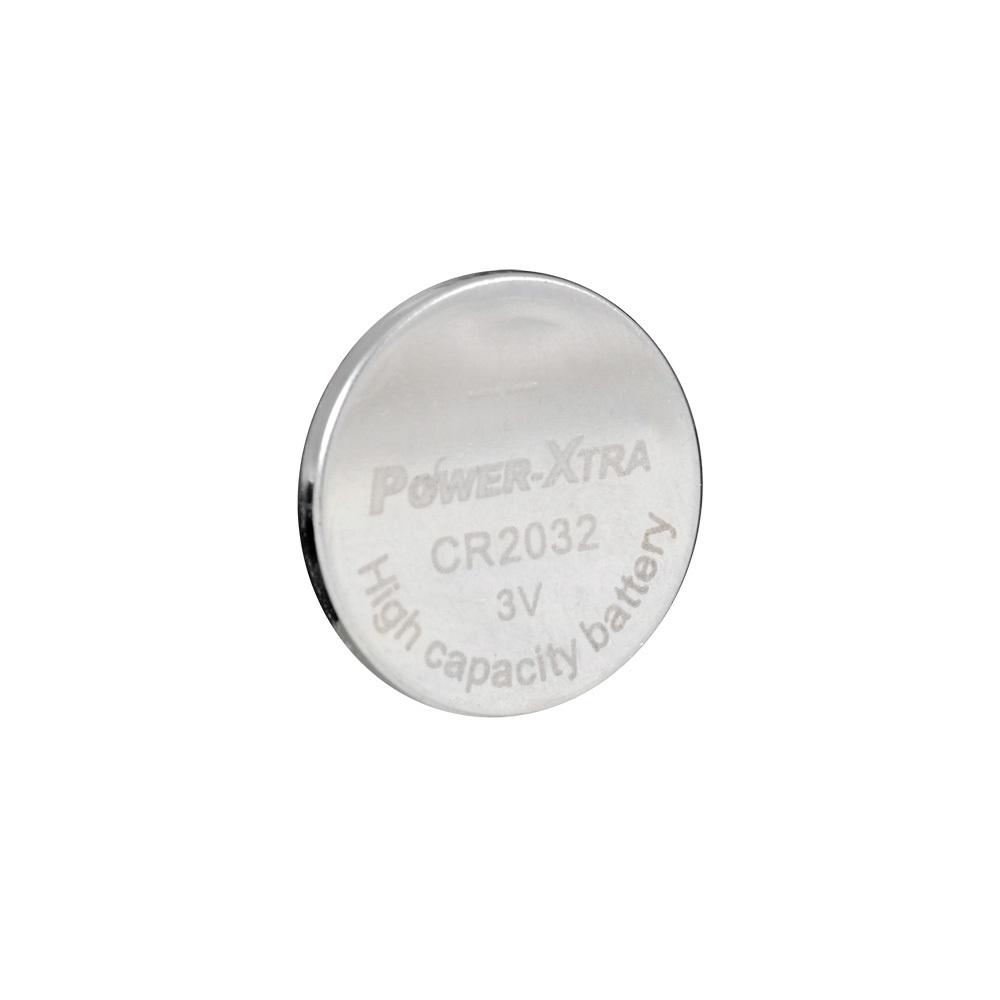Button battery (Button Cell, Watch Battery)
The button cell is a small-diameter single-cell battery 5 to 25 mm in diameter, shaped like a garbage cylinder 1 to 6 mm high, like a button on a garment. Usually 2032 Battery and 2025 Battery are commonly used.
A metal can form the lower body and positive terminal of the cell. Insulated top cap is negative terminal.
Button cells are used to power small portable electronic devices such as wrist watches, pocket calculators, artificial pacemakers, implantable cardiac defibrators, automobile keyless entry transmitters, and hearing aids. Wider variants are often called coin cells. Devices using button cells are generally designed to use a cell that gives a long service life, often more than one year, in continuous use in a wristwatch. Most button cells have low self-discharge and will hold their charge for a long time if not in use.
High-power devices, such as hearing aids, where high-capacity is important and self-discharge is low, so little that the cell is consumed before discharge, can use higher-capacity zinc-air cells in a certain size, but will discharge in a few weeks if not used.
Button cells are single cells, usually disposable primary cells. Common anode materials are zinc or lithium. Common cathode materials are manganese dioxide from air, silver oxide, carbon monofluoride, Copper(II) Oxide or oxygen. Mercuric oxide button cells were common before, but are no longer available due to the toxicity and environmental effects of mercury.
Cells of different chemical composition can be changed mechanically to the same size. However, the composition can affect life and voltage stability. Using the wrong cell can shorten its life or cause it to malfunction. Button cells are very dangerous for young children. Ingested button cells can cause severe internal burns and serious injury or death.
Features of different chemistry
Alkaline Batteries are made in the same button sizes as other types, but generally provide less capacity and less stable voltage (which gradually drops with use) than lower cost silver oxide or lithium cells. They are usually sold by cheap watch batteries and those who don't know the difference.
A Silver Oxide Battery can have a very stable output voltage until it suddenly drops very quickly at the end of its life. This varies for individual types; For example; A manufacturer offers 3 silver oxide cells of the same size, 357-303, 357-303H and EPX76, with capacities ranging from 150 to 200 mAh; tensile properties gradually decrease and remain fairly constant. Some are continuous low drain with high pulse on Demand, others are for photography use.
Mercury batteries also provide a stable voltage source, but are now banned in many countries due to their toxicity and environmental impact.
Zinc-air batteries use air as a depolarizer and have a higher capacity than other types because they take this air from the atmosphere. The cell has air seals; these must be removed before use, Cells self-discharge within a few weeks regardless of use.
Package Size
The pack size of coin cell batteries using standard names is indicated by a 2-digit code representing a standard box size, or a 3 or 4-digit code representing cell diameter and height. The first or two digits encode the outer diameter of the battery in whole millimeters and are rounded off; The exact diameters are specified by the standard and there is no ambiguity. For example; Dimensions for 2032 battery (20-32) : 20.0 mm Diameter and 3.2 mm Thickness.
Usage
This battery size is mostly used in small devices such as laser pointers, LED pens, computer pens, glucose meters and small headphone amplifiers. These batteries are not as popular as AAA batteries or AA batteries and are therefore not widely available.

